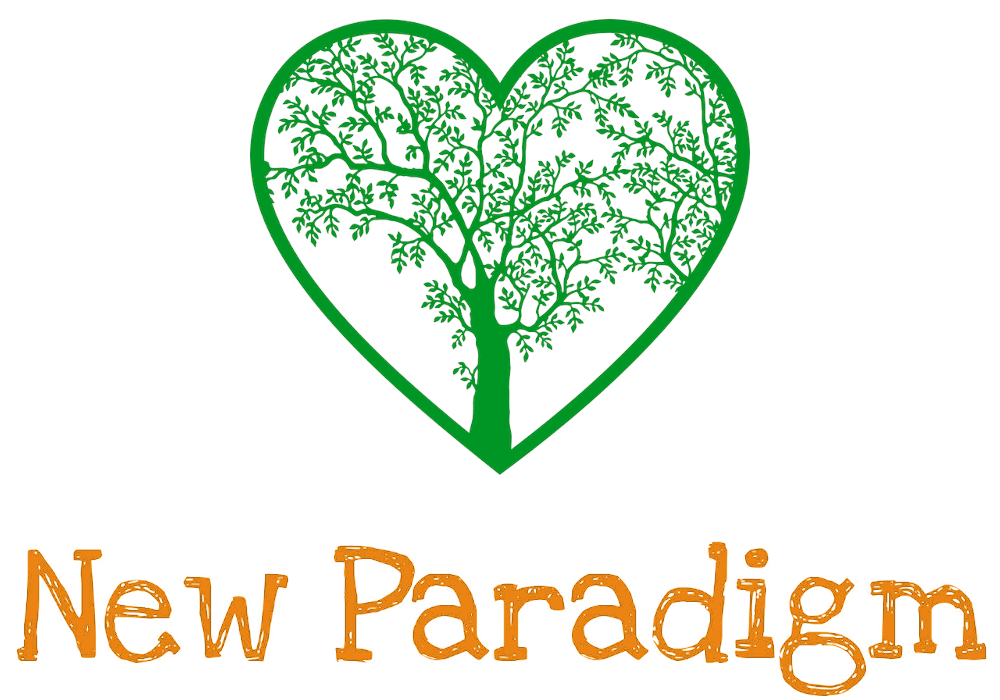Perhaps the most fundamental concept within this philosophy is that of polarities. Most traditions view life in terms of dichotomies. Right/wrong, good/bad, God/devil, up/down, left/right, and so on. The list is endless, for everything has an opposite—two sides of the coin, as it were. This is the view of life commonly accepted by most forms of conventional wisdom. But how true to life is it, exactly? Is life really that fixed, that rigid? Are there only two sides to everything? And if so, how does that work?
The tradition of dichotomies looks good on paper, but if you look to nature you see that it doesn’t really hold up that well. Perhaps the reason for this is that there are no light switches in nature. In order for something to change in nature a certain progression must occur. A perfect example of this—perhaps the most perfect example possible—is the transition from day to night. If we are to believe in dichotomies, then day and night must be fixed. As such, day would be the equivalent of the sun being on, and night would be the equivalent of the sun being off. Simple enough—but, in fact, that is not how it works.
Instead, we see a dynamic transition from the complete darkness of midnight to the complete brilliance of noon, and then back again. The sun does not suddenly turn on, then turn off. It goes through the progressive stages of dawn to sunrise, to zenith, to sunset, and finally to dusk. Dusk, then, transforms into night, and then night, in turn, transforms back into dawn. Instead of a fixed, rigid sense of events we get a sense of motion, of fluidity. The static light switch is not to be found. Rather, a dynamic process is at work. The opposites of day and night are very much real. But instead of being two sides to a flat reality, they are two ends to a reality with substance. After all, ours is a three-dimensional world, not a two-dimensional one. Thus, if a concept is to be found which explains the relationship between opposites, then it too must be three-dimensional—and not two-dimensional as in the case of dichotomies.
Perhaps it is not even enough to say that we live in a three-dimensional world. Progression, whether it is physical or conceptual, is dynamic. It is an event in motion. Thus it crosses over from being two or three-dimensional to being fourth-dimensional. It is not about form, but it is about direction. It is when we look at direction that things become much clearer. Up/down, left/right—these seem like dichotomies. The same can be said of north/south and east/west, but we never consider these to be fixed. They are relative to the position of the observer. They are not two sides to a flat reality, but rather they are polar extremes—two opposite ends of a polarity. And it is here that we find the model for the true relationship between opposites.
Opposites are not fixed locations. They are directions. Where an observer stands is neither north nor south—it is the direction which he or she faces which is north or south. If you are driving north on a freeway, the mile that lies ahead is north. Once you travel that mile, then it has become south, as it is now behind you and you are still traveling north. Direction is relative to the observer. And the motion of the observer affects that relationship further still. In this way, polarities not only represent the opposites themselves, but they represent the relationship of the observer to those opposites.
Thus, polarities—not dichotomies—are a truer way to view the opposites of life. For between the opposites of good and bad, right and wrong, young and old, stands the observer. This person is always standing in a space which is neutral, undefined. It is the direction in which they travel which is defined. And that direction is determined by the choices they make. The actions they commit determine whether they travel toward good or bad, right or wrong. Life is not experienced as a destination or a fixed location. Rather it is experienced as a journey moving in one direction or another.
Polarities demonstrate how opposites are the directions in which life travels. We never actually reach “east,” but we can travel east indefinitely—or until we choose to follow a different direction. The same can be said of “good.” We never actually become “good,” rather, we choose our actions in the direction of good, and we keep doing so indefinitely—or until we change direction. Just as a person could travel east forever, so too can a person travel toward any polar extreme forever. After all, a direction is not a fixed location, and thus, can never actually be reached. It is that which always lies in front of you.
